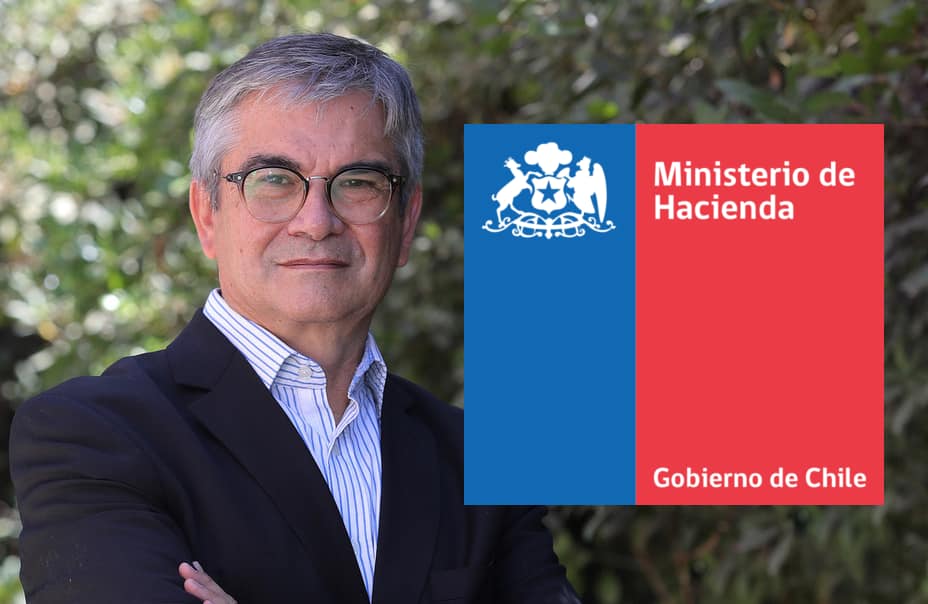Chile cat bond part of a new catastrophe risk strategy: Finance Minister

Chile’s new catastrophe bond will sit as a key component of a new catastrophe risk management strategy that the country is putting into place, with the proposed $150 million or greater parametric IBRD – Chile 2023 cat bond transaction set to play a key financing role for less frequent, but more severe earthquake events, Finance Minister Mario Marcel said.
Artemis was first to report yesterday that the Republic of Chile is targeting capital market investor backing for new parametric earthquake disaster insurance protection, through the issuance of a new catastrophe bond through the World Bank’s multilateral development bank, the International Bank for Reconstruction and Development (IBRD).
This new Chile cat bond from the World Bank’s IBRD will provide important financial protection to support the economy of the country against the effects a major earthquake would have.
Being parametric in nature, the Chile cat bond will also be able to disburse funding relatively rapidly, should a major earthquake occur, providing a fast injection of capital to support the government’s efforts in post-disaster response, recovery and relief.
Speaking about the new Chile earthquake cat bond, Finance Minister Mario Marcel explained how the new disaster risk transfer instrument will bring much-needed support while topping-off a new catastrophe risk management strategy for the country.
Finance Minister Marcel said, “These efforts are part of a comprehensive catastrophic risk management strategy structured by the Ministry of Finance, which includes the creation of the Fund for Natural Disasters, under discussion in Congress.”
Severe earthquakes can cause significant impacts to the government’s management of fiscal policy, as well as increase the level of public debt in the country, so the Finance Minister recognises the importance of contingent capital that can flow quickly to support the Republic of Chile’s post-disaster needs.
The new catastrophe risk management strategy is currently being put into place and features a number of levels of protection, for earthquake events of different frequency, as well as the new Fund for Natural Disasters, or FODEN.
“This strategy includes the financial management of catastrophes at three levels,” Finance Minister Marcel explained.
“First, those cases in which there are events of greater frequency, but of lower cost, which can be absorbed within the Budget through the resources of the Public Treasury. Secondly, we have events with less frequency, but with a somewhat greater impact and for which the State saves resources to be able to use them in those circumstances. The latter corresponds to the creation of a Fund for Natural Disasters (FODEN) as part of the public financial institutions and which is part of the reform project of the Fiscal Responsibility Law that is currently under discussion in the Senate.
“And the third level is related to events of a greater magnitude, which is what is included in this insurance against earthquakes,” he continued.
So the new Chile catastrophe bond, issued with the support of the World Bank and IBRD, will sit above the country’s new natural disaster fund and the government’s own resources, designed to payout and disburse financing at the levels of impact where government resources are becoming more stretched after a major earthquake occurs.
Chile has been working with the World Bank since June 2022 in preparing for its new catastrophe bond, with studies undertaken to design parametric structures that the country could use to better protect against and deal with the financial consequences of earthquake disasters.
As information in the Artemis Deal Directory details, the new Chile catastrophe bond will provide its payouts once the parametric trigger is breached by an earthquake, with factors such as location, depth and magnitude all important to defining a payout amount.
The new Chile cat bond can payout in increments of 30%, 70% or 100% of principal, dependent on the parameters of a quake event.
As we also explained, the new cat bond may be accompanied by catastrophe swaps, utilising the same parametric trigger mechanism, that would allow Chile to crowd in even more capital to support its natural disaster risk management and insurance needs.
You can read all about this new IBRD – Chile 2023 catastrophe bond in the extensive Artemis Deal Directory.






